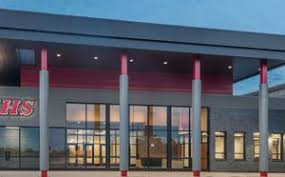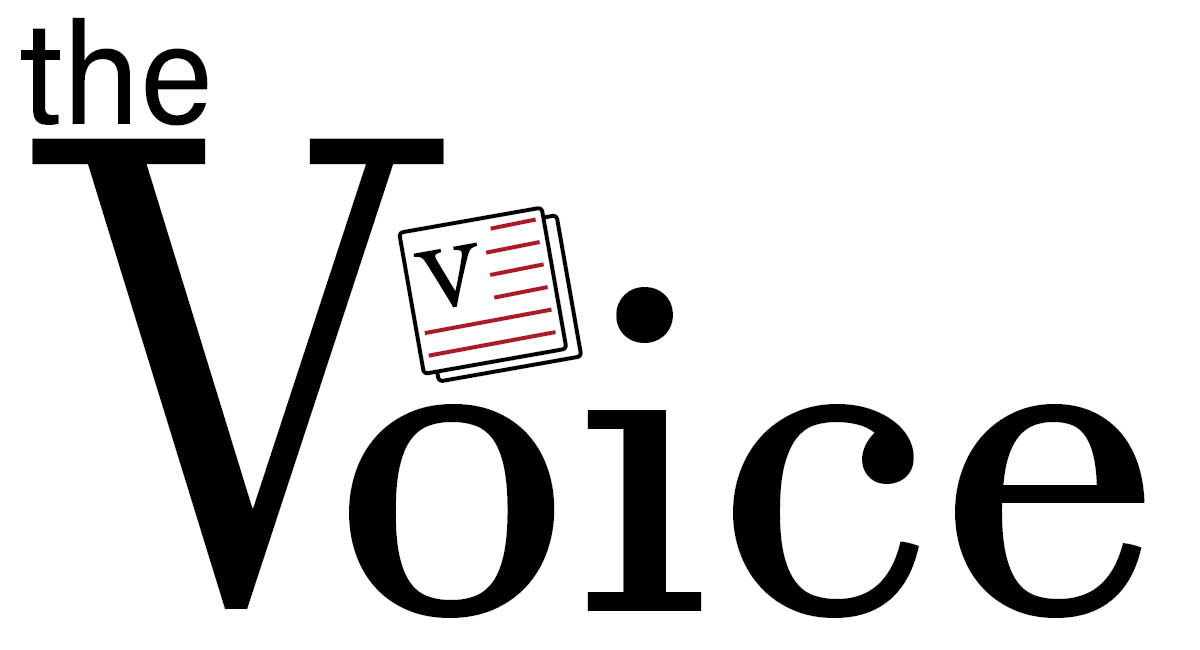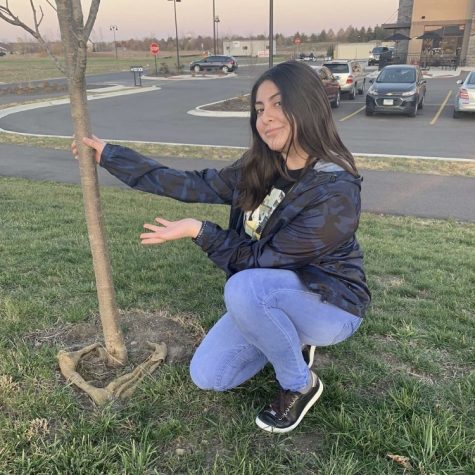First Week of Hybrid Recap

Courtesy of District 158
February 3, 2021
The week of Jan. 25, District 158 transitioned into its long-awaited hybrid learning model. Having rolled out this plan early first semester, the shift from remote to in-person learning was relatively smooth. Despite this, there were, of course, some bumps in the road, such as unexpected snowstorms, last-minute schedule changes, and small student turnout.
Due to COVID-19, traditional in-person classes have not been possible. However, with cases decreasing and vaccines becoming more available, District 158 is tentatively testing the waters. After failing to go back to school during the first semester due to a sudden spike in cases and opposition from families and faculty, they were prepared to try again after winter break.
Each family was given the choice of remote or hybrid learning. The administration expected 50% of students to return in-person and because of this planned to separate lunches into four different periods, A-B-C-D; however, not as many students opted to return as they planned.
“I didn’t go back hybrid because even if you go back to school, it would be the same thing as going to class on zoom,” sophomore Taylor Tedesco said. “There’s just a bit more one on one communication with the teachers in person.”
Due to this, there were not enough students to fill the four periods, so they had to change the schedule last minute. This included redistributing students among the lunches and the shortening of passing periods to accommodate them. This caused a bit of confusion the first day.
“I think the school could have done a better job of communicating,” junior Ryan Considine said. “Getting an email the week before hybrid telling us that we were switching from an A-B-C-D lunch schedule to just an A-B-C one threw people off.”
Many students did not know which lunch they were supposed to be in or that passing periods were only 5 minutes; this caused many students to be late for class until teachers explained the new process. The district was hit with another curveball when the second day of hybrid was canceled due to a snowstorm. Despite this, students are adjusting quickly.
“I found it pretty easy to get used to hybrid because it’s pretty much like a regular school scenario,” Considine said, “But I think most people expected more of the teacher-student in-school interactions.”
The sentiment seems to be the same for students staying remote because, according to Tedesco, teachers tend to be more focused on the students that are in the classroom than the students on zoom.
Either way, teachers and students alike are adapting to this new format and hope for smooth sailing in the future. While hybrid is definitely fragile right now since it heavily relies on the number of covid cases, the fact that the schools were able to re-open at all is an accomplishment.
“I’m hoping hybrid will last,” Considine said. “You have to credit them for what they have done. Getting a system like that out quickly takes a good leader behind it.”


